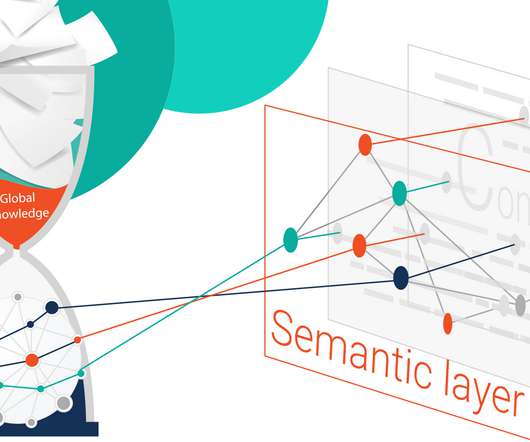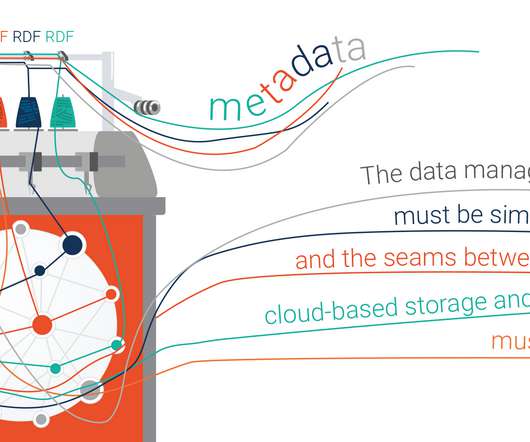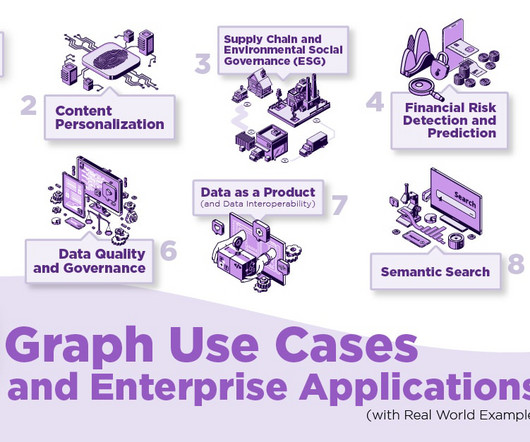The Semantic Web: 20 Years And a Handful of Enterprise Knowledge Graphs Later
Ontotext
JULY 29, 2021
We rather see it as a new paradigm that is revolutionizing enterprise data integration and knowledge discovery. It is these two important types of data, which, taken together, implement the Semantic Web vision bringing forward innovative ways of tackling data management and data integration challenges.













Let's personalize your content